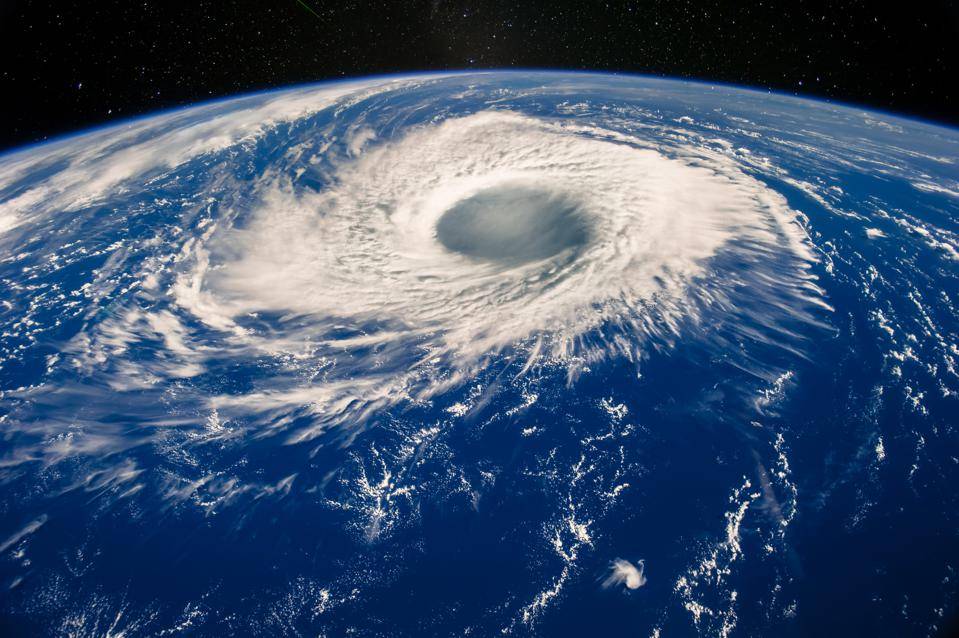
Last weekend I wrote about the fires in California. This week we look at hopeful ways we can begin to chip away at this complicated issue.
Even during a global pandemic, other world problems don’t take a break. As most of the world focuses on combating COVID-19, there’s another growing issue that is affecting how we live and the future of our planet. And we won’t be able to ignore it for long.
What’s Happening Right Now: Climate Change Challenges
- Climate change has led to rises in severe weather, which threaten the safety and well-being of people around the globe. Climate change impacts every industry, but especially the utilities industry.
- New research from Accenture found that 95% of utilities executives believe climate change has contributed to increased extreme weather events that their electricity networks have experienced over the past 10 years. On top of that, 90% of executives believe rising severe weather brings an increased financial risk to their businesses.
- Increased greenhouse gases have led to more cases of severe weather, including blizzards, droughts, wildfires, flooding and more, which have a huge impact on utilities. The vast majority (73%) of executives say that extreme weather has created a large challenge to their network operations and safety.
- It’s not going away any time soon—both executives and meteorologists expect severe weather to continue to increase in both frequency and intensity in the coming years.
Creating Resilient Networks
Instead of sitting back and allowing severe weather to damage their business, utility companies are proactively strengthening their networks and operations to withstand extreme elements. But maintaining network resilience comes at a high cost—and that cost often leads to significant price increases for customers.
The good news for both utility companies and their customers is that emerging technologies make it possible to build networks that are more resilient to extreme weather and more cost-effective than ever before. Digital technologies allow for greater flexibility and help create systems that can maintain power during severe weather and quickly restore service after network failures.
Colorado electric cooperative United Power has put this into action by automating much of its system in the treacherous mountain areas with an AI-powered self-healing grid. The innovative system uses fiber-optic communications and smart-switching technology to identify outages from severe weather and restore power almost instantly. Summer thunderstorms and winter blizzards frequently knock out power to the area, but the automated grid offers consistent power to customers without requiring crews to trek through treacherous conditions. In many cases, power is restored so quickly that customers don’t even realize it went out. Currently, only the parts of the grid in the most dangerous areas are automated, but the company’s goal is to eventually have a fully automated grid for all of its users.
Moving Towards The Future
Climate change continues to be a growing problem, and utility companies must double-down on their efforts to create technology-enabled resilient systems. The Accenture survey found that 95% of utility executives believe that building greater adaptability into the networks—such as network reconfiguration, embedded storage, redundancy and voltage management—over the next 10 years will be critical to increasing overall resilience.
Leveraging new technology to build resilient networks comes with more challenges than just the cost, however. One of the main roadblocks for utilities companies is a lack of industry-wide guidelines. Most experts agree that the path to truly resilient networks requires utility companies to team up and share technology and best practices. The COVID-19 pandemic has only increased the urgency to improve networks to be able to work seamlessly during severe weather and other catastrophes.
Climate change and its impact on the utility industry isn’t a pleasant topic, but it’s something companies and customers will eventually need to deal with. Luckily, a number of companies are making great progress and utilizing technology to create resilient, cost-effective solutions for their customers.
Blake Morgan is a customer experience futurist, keynote speaker and the author of the bestselling book The Customer Of The Future. Sign up for her weekly newsletter here.